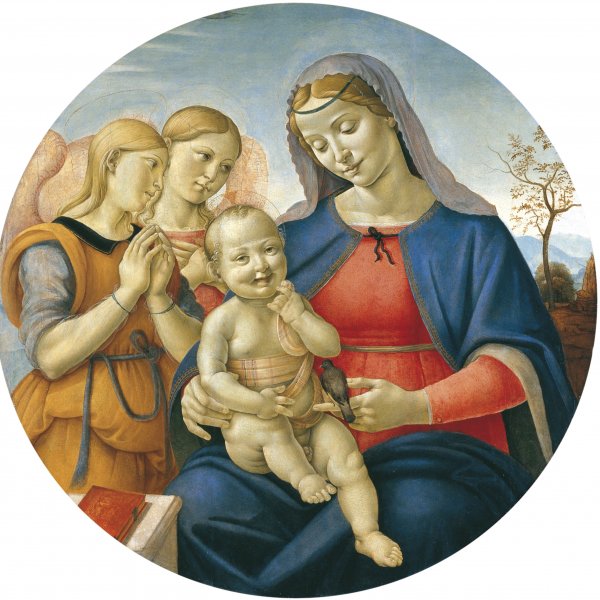Piero di Cosimo (attributed to)
An Italian painter and draughtsman, Piero di Cosimo became famous among his clients for his outstanding works of the type known as spalliere, horizontal panel paintings that were was popular in Tuscany between 1470 and 1520 and were used to decorate private rooms in the homes of the Florentine aristocracy.
Piero di Cosimo’s father, Lorenzo di Piero d’Antonio, was a wood carver in Florence where Piero began his training in the studio of Cosimo Rosselli, from whom he took his name and with whom he collaborated and maintained contact throughout his life. During his apprenticeship with Rosselli he coincided with Fra Bartolommeo and Mariotto Albertinelli. When Sixtus IV summoned Rosselli to work in the Vatican between 1481 and 1482 Piero di Cosimo accompanied him and it is likely that he was responsible for the landscape background in The Sermon on the Mount in the Sistine Chapel, while also painting several portraits of Roman aristocrats. His early works reveal the influence of Rosselli although he also assimilated the innovations of his contemporaries and soon developed a notable sensibility towards the atmospheric treatment of light. Piero di Cosimo’s work also looks to that of Filippino Lippi, particularly in the faces, and to Leonardo’s sfumato. His first documented work is The Visitation with Saints Nicholas of Bari and Anthony Abbot of 1489 (National Gallery of Art, Washington). Among his most famous paintings is the supposed portrait of Simonetta Vespucci (Musée Condé, Chantilly). In the late 1490s his style began to evolve and to reflect that of Luca Signorelli and Netherlandish painting, particularly the work of Hugo van der Goes. Piero di Cosimo entered the Florentine painters’ guild on 8 May 1504, while between 1500 and 1505 he painted The Battle of the Lapiths and Centaurs and The Death of Procris (both National Gallery, London). Among his last works is The Liberation of Andromeda (Galleria degli Uffizi, Florence), which reveals the artist’s rich and inventive imagination in the last years of his career.





